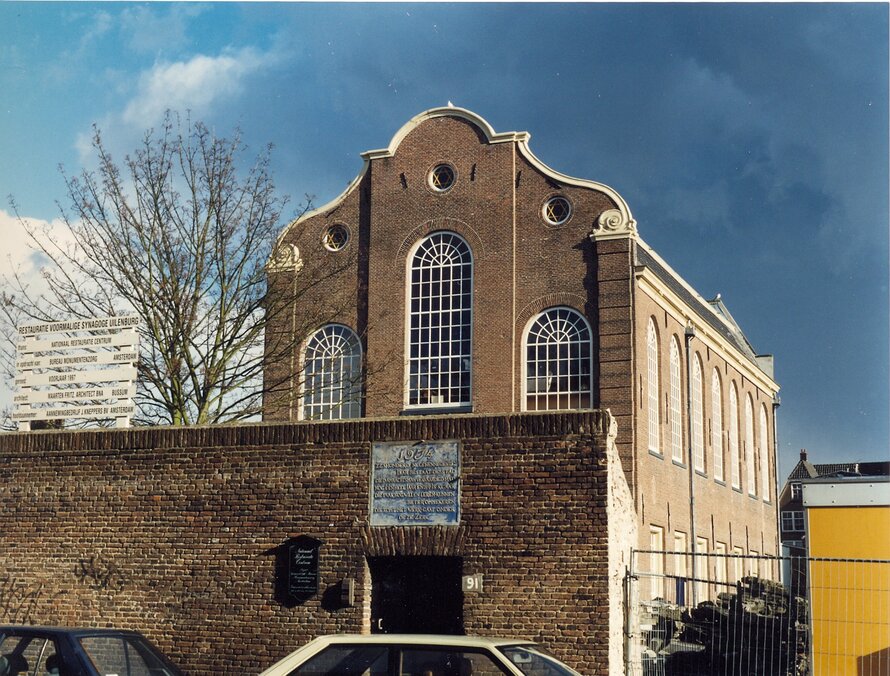Synagogue Uilenburg - National Restoration Centre, Amsterdam
The Holy German Uilenburg Synagogue was consecrated on August 26, 1766. The occupation of World War II brought an end to the synagogue and to the quarter as a whole. Having been plundered little was left of the building. The synagogue was purchased by the City Council in 1954. At ...
Read more
Project details
| Title: | Synagogue Uilenburg - National Restoration Centre, Amsterdam |
|---|---|
| Entr. year: | 1996 |
| Result: | Diploma |
| Country: | Netherlands |
| Town: | Amsterdam |
| Category type: | architectural heritage |
| Building type/ Project type: | Religious building/memorial |
| Former use: | Synagogue; Restoration centre |
| Actual use: | Synagogue, Centre for cultural purposes |
| Built: | 18th century |
| Architect / Proj.leader: | Architectenbureau Fritz - Maarten Fritz, Architects (Bussum - NL) |
| The Jury's citation: | "For the excellent, sensitive restoration of a former synagogue and its adaptation to appropriate new use as a centre for training in the building crafts" |
| GPS: | 52°22'14.1"N 4°54'18.8"E |
| Web, Links: | www.amsterdam.nl/kunst-cultuur/monumenten/beschrijvingen/synagoge-uilenburg-0/ |
Description:
The Holy German Uilenburg Synagogue was consecrated on August 26, 1766. The occupation of World War II brought an end to the synagogue and to the quarter as a whole. Having been plundered little was left of the building. The synagogue was purchased by the City Council in 1954. At this point, the synagogue ceased functioning as a place of worship. The National Restoration Center was established in 1988 and the former synagogue became its home. Water damage had occurred in the course of the many years and damp and fungus growth had infected the points at which the roofing meets the shells. But the wooden construction elements were not the only components which needed restoring. Historical research into the color scheme of the interior paintwork was done. The reconstruction of the original color combinations resulted in a surprisingly colorful palette of blue-greens together with imitation sandstone paintwork. The colors of the new elements were fine-tuned to match the original color scheme. The design of the new function does not compromise the existing historical structure of the synagogue. The design seeks analogy, with the emphasis on the fine-tuning of the old and the new.
Similar projects
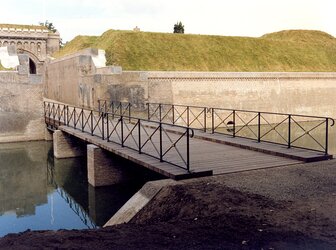
17th and 19th century
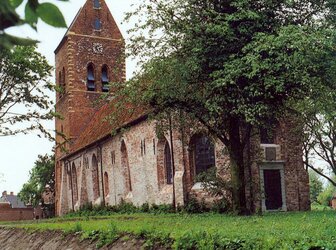
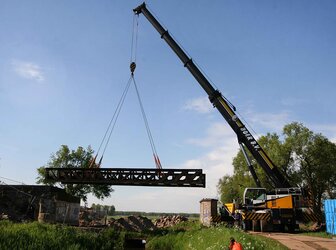
19th century

16th century
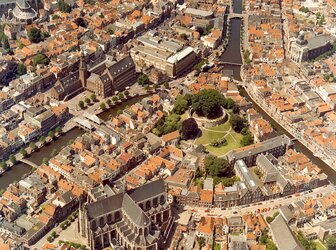
17th century
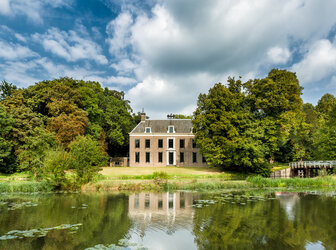
18th century
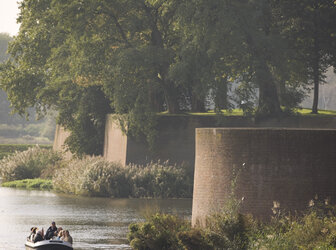
12th-13th century
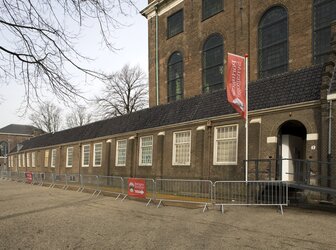
17th century
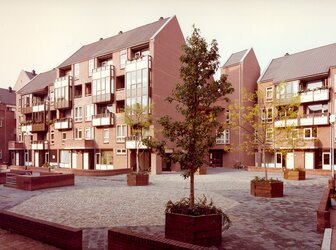
20th century
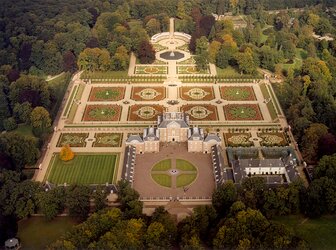
17th century
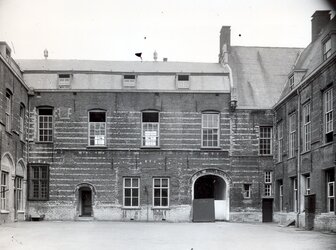
15th century
